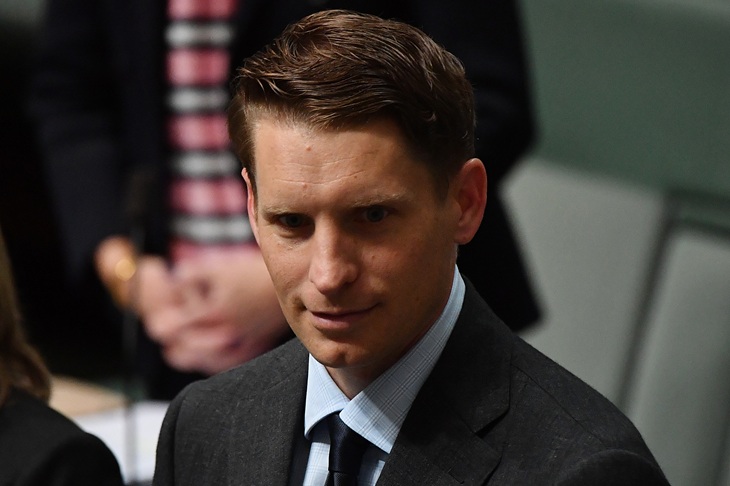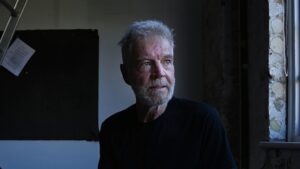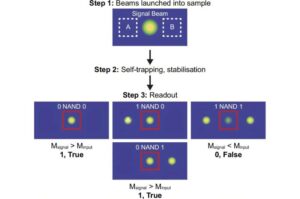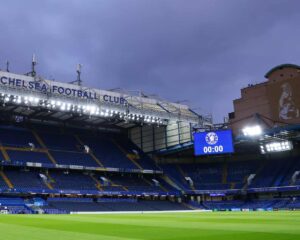
CANBERRA, AUSTRALIA - JUNE 23: The Member for Canning Andrew Hastie during Morning Prayers in the House of Representatives at Parliament House on June 23, 2021 in Canberra, Australia. Barnaby Joyce has deposed former Nationals leader Michael McCormack during a spill called on Monday by Senator Matt Canavan, with Joyce re-elected as leader of The Nationals in a leadership contest with at least 12 votes in the 21-member partyroom. (Photo by Sam Mooy/Getty Images)
BREAKING: Political analysts are calling for Andrew Hastie to take a bold step and establish a new party rather than pursue leadership within the troubled Liberal Party. This urgent call comes as the party faces an identity crisis and dwindling support ahead of the critical 2025 Federal Election.
In a new analysis, commentators suggest that the Liberal Party, once a stronghold of Australian conservatism, is now a “watered-down version” of its former self. With Nigel Farage making waves in the UK political scene, the idea of a fresh start is gaining traction. Recent polls indicate a looming disaster for both the Labor and Conservative parties in the UK, prompting speculation about similar shifts in Australia.
Analysts argue that even if Hastie were to ascend to leadership—a position he is widely regarded as qualified for—he would encounter fierce opposition from within. The party’s current trajectory mirrors the fate of former leaders Tony Abbott and Peter Dutton, who faced significant internal resistance. It’s clear that the Liberal Party is grappling with its own beliefs and direction, leading many conservative voters to feel increasingly disenfranchised.
UPDATE: A recent editorial in The Spectator Australia pointed out that the Liberal Party has become “Labor-lite,” a term coined by commentators who lament the loss of core conservative values. The publication highlighted how past leaders like Malcolm Turnbull embodied this shift, positioning the Liberal Party as an echo of the opposition rather than a distinct alternative.
Political observers are now drawing parallels between the Liberal Party’s struggles and external movements in global politics. They emphasize that a rebranding, akin to what Donald Trump accomplished in the US, is necessary for any future success.
As the conversation intensifies, the question remains: Can Andrew Hastie rally enough support to create a new political entity that resonates with conservative voters? The sentiment is growing that the current Liberal Party structure is unsalvageable, prompting calls for a radical reformation.
In a world where political landscapes are shifting, the urgency for a decisive change is palpable. With upcoming elections on the horizon, the stakes are higher than ever for Australian conservatives. Will Andrew Hastie heed the call for transformation, or will the Liberal Party continue down its current path of decline?
Stay tuned for further updates as this developing story unfolds.







